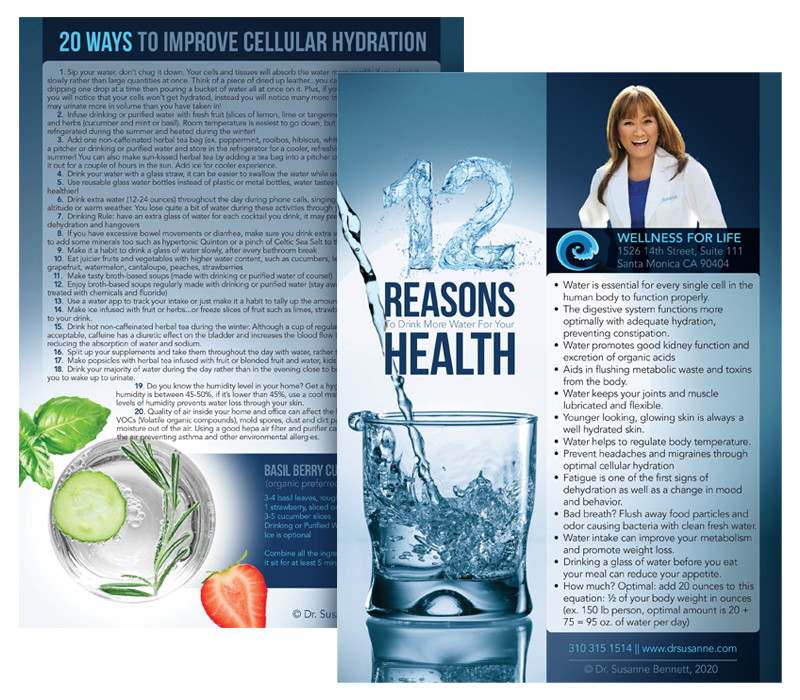When it comes to eating greens, the darker the better. Of course you should always be eating a variety of fruits and vegetables to keep that dinner plate looking colorful, but research has shown that when it comes to eating those leafy ones, eating darker makes for richer tastes and greater nutrient absorption. If you have not already been adding darker greens to your plate, you will want to in the future—they exhibit a highly nutritious enzyme called sulforaphane.
Our everyday vegetables have very unique qualities. When you chew them up, they naturally release sulforaphane, which does wonders for the body. Research has shown that in raw foods like broccoli, brussel sprouts and cabbage, the naturally occurring compounds and enzymes released may exhibit anti-cancer, anti-diabetic, and anti-microbial properties. Not only are these great greens protecting your inner body but they work miracles for your skin too. When applied topically, the sulfurophane in the vegetables may protect your skin from the sun’s harmful UV rays and even skin cancer.
It is always important to think one step ahead, and in the case of your health you should probably be thinking a few steps ahead. Staying up to date on the latest research about the natural qualities of your favorite foods can do you a world of good. A great many studies have been performed on sulfuraphane, and it is undoubtedly an enzyme you want to consume on a daily basis!
References:











